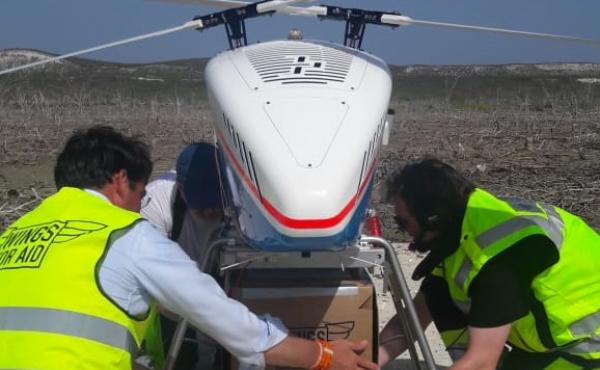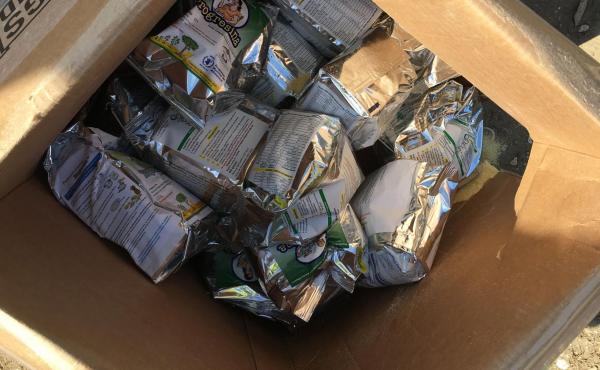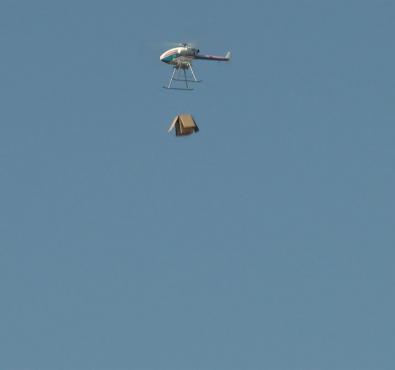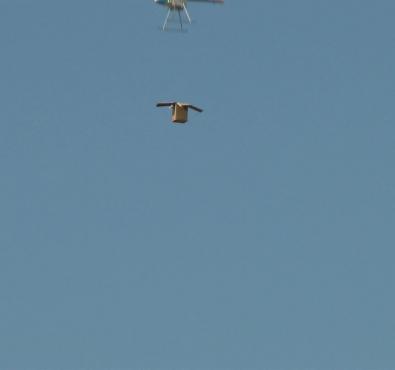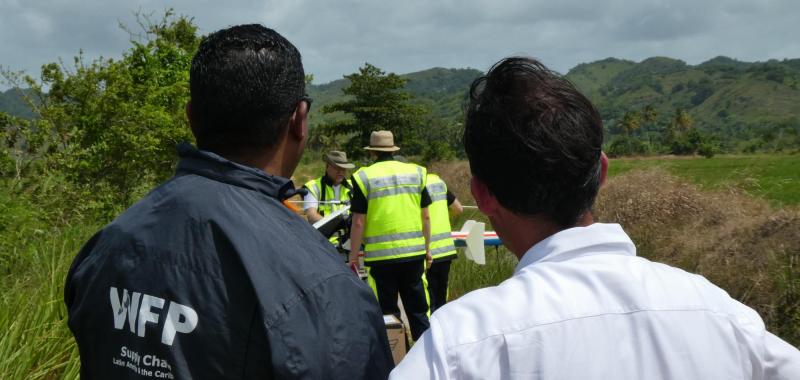Project overview
The next generation of safe and inexpensive humanitarian airdrops
The Problem and Opportunity
To reach the more than 800 million people who are hungry worldwide, logistics are often a key issue. Assisting 80 million people in 80 countries each year, even WFP – the leading humanitarian organization saving lives and changing lives – cannot reach everybody to deliver life- saving humanitarian aid. Difficult geographical conditions and natural disasters make things even more challenging. Airdrops are a last resort, and while currently quite expensive, the need for them is increasing due to the effects of climate change and conflicts. Innovation is certainly needed to solve this problem.
Unmanned Aircraft System (UAS), Unmanned Aerial Vehicle (UAV) and drone technology have already matured in the consumer industry, and an opportunity exists to apply this knowledge to the needs of humanitarian last-mile logistics. To tackle this big challenge, it’s important to start with a focused first step.
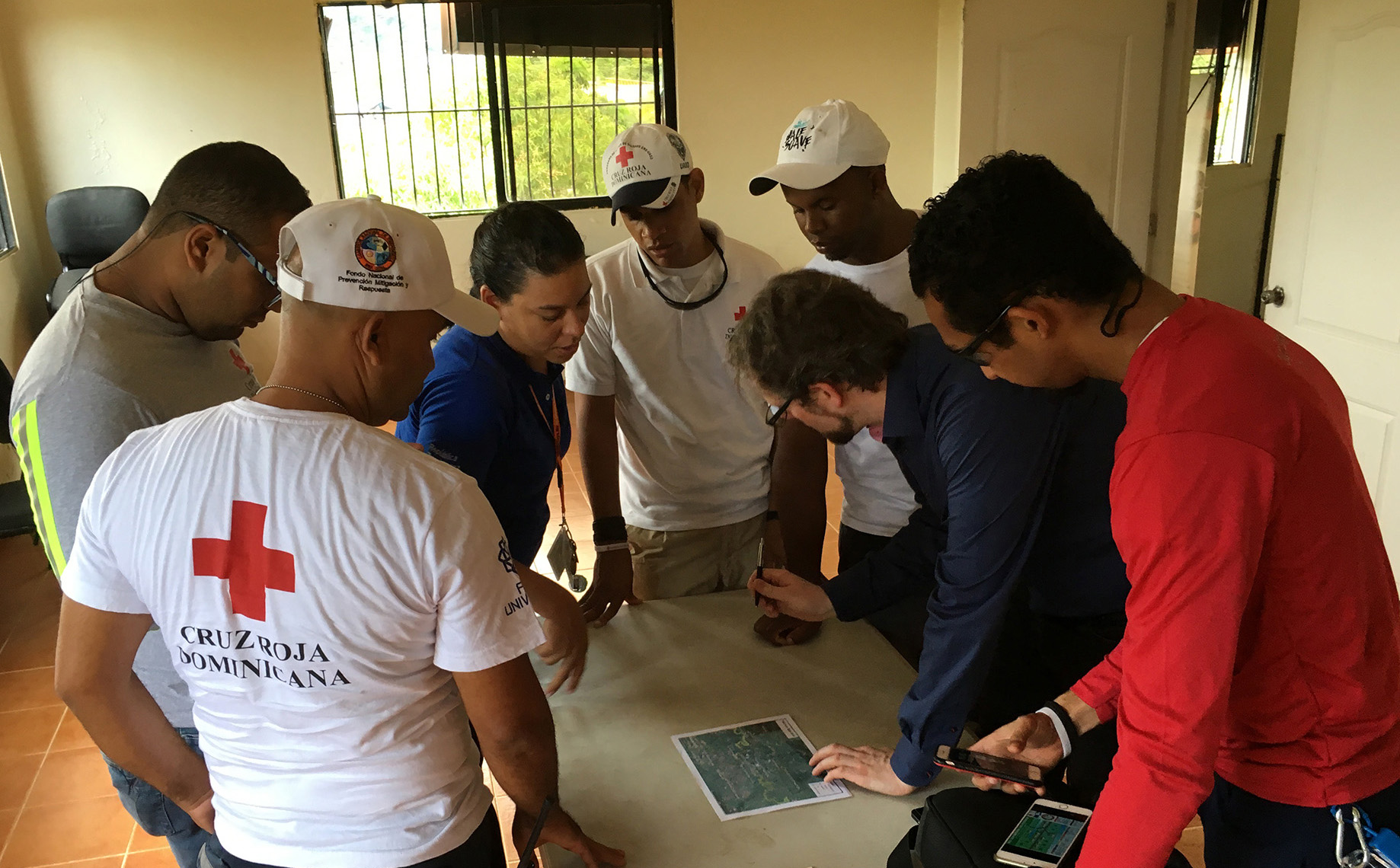
The Solution
WFP, DLR (the German Aerospace Center) and the Dutch humanitarian organization Wings for Aid have determined that the best way forward is a small scale, significant, in-country, “learning-by-doing” project, working together with the Innovation Accelerator and WFP Country Office in the Dominican Republic.
DLR and Wings for Aid have invested in UAS and drone technology for many years. Both organizations have an “impact first” approach. Wings for Aid is a foundation and DLR is a non-profit association, and both work to identify how and where the humanitarian application of UAS/UAV/drone technology can have a positive societal impact. This led to the challenge of working together to design, build, and operate a solution that has the potential to deliver cargo to anyone, anywhere, anytime, at an acceptable cost and with minimal risk.
The products that were identified to meet this challenge are an unmanned research helicopter (specifically a “superARTIS” from DLR) and a customized, droppable delivery box from Wings for Aid. The best place determined to pilot this project was the Dominican Republic, where a number of challenging geographical and climate conditions (in the absence of any current conflict), made it the ideal place to test this solution.
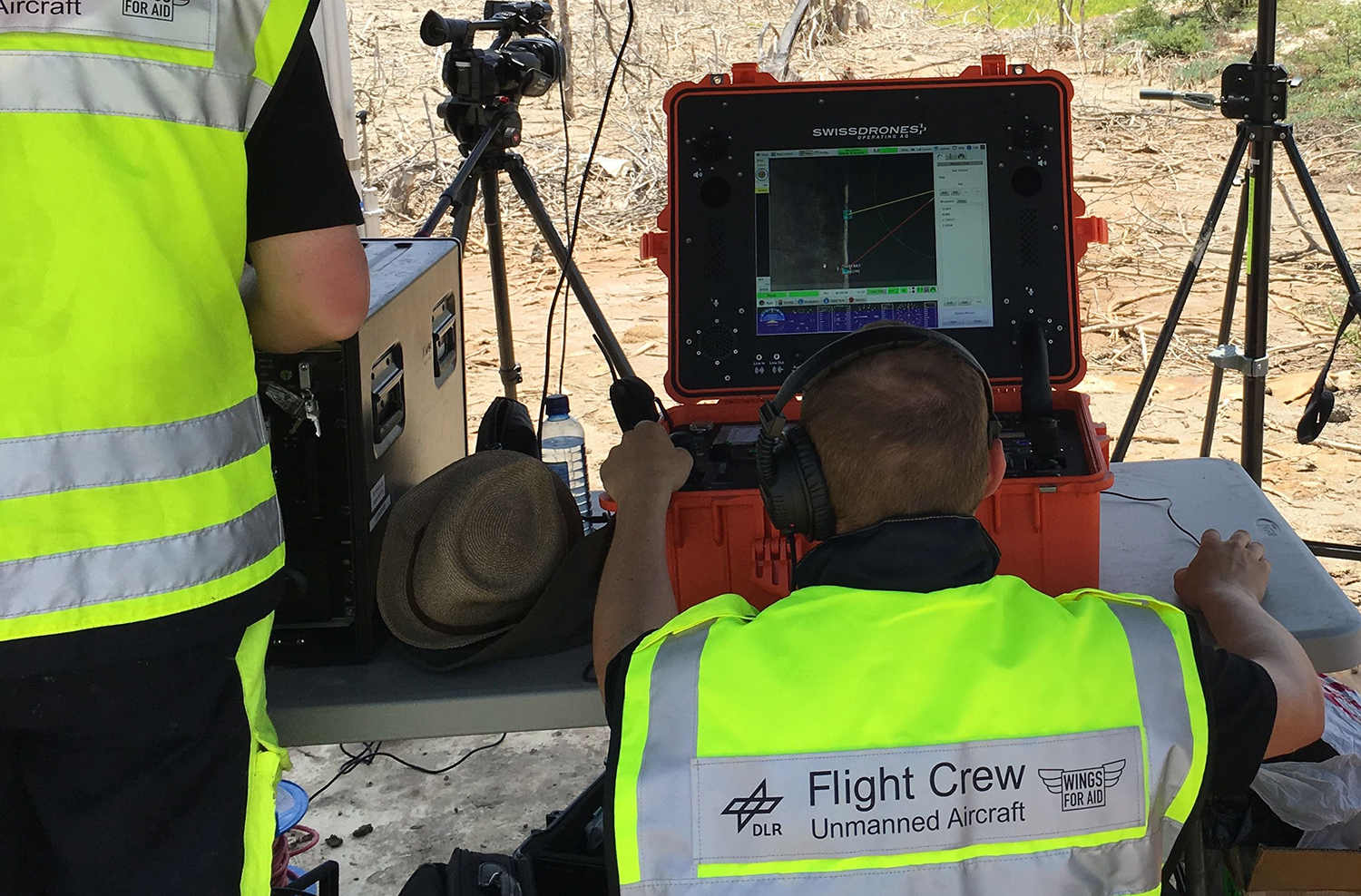
The Impact
In June 2018, WFP, DLR and Wings for Aid undertook a two-week mission to the Dominican Republic. The researchers carried out various flight missions under realistic operating conditions, and the unmanned helicopter superARTIS (Autonomous Rotorcraft Testbed for Intelligent Systems) successfully delivered innovative cardboard boxes filled with humanitarian supplies.
In several flights, the project team tested the delivery concept, which uses a specially-developed disposable cardboard box, dropped directly from the aircraft at its destination. The boxes are inexpensive to manufacture and biodegradable. Once the box is released, its side surfaces open to slow down and stabilise the fall. "The aim of the mission in the Dominican Republic was to demonstrate the feasibility of our concept on-site and to gather data, which we can take into account in the further development of humanitarian technology of unmanned aircraft," explained DLR project lead Johann Dauer. "But it was also about determining the acceptance of the population and the authorities responsible for emergency response who accompanied our work."
Flights of the unmanned helicopter took place in various regions of the Dominican Republic. These areas have been affected by flooding in the past, cutting off the supply route to the local communities. Here, researchers simulated an emergency scenario: the unmanned helicopter flew automatically over the salt lake Enriquillo over a distance of six kilometres. superARTIS was equipped with 20 kilograms of food supplies, including High Energy Biscuits (HEB) and the dietary supplement Progresina, which were deployed safely and without damage to the other side of the lake. Several additional missions were performed in the area Bajo Yuna, in the northern part of the island.
The flight tests were a great success for the project team: "We were able to carry out all flight missions successfully and safely," says Dauer. "The feedback from the population and the humanitarian aid organizations involved was very positive."
Next Steps
After a successful first set of flight missions, analyzing the results and holding follow-up, “take stock” meetings are next. The scientists involved will investigate how this new supply method can be integrated into the existing logistics of humanitarian aid, and in which specific cases it complements or improves existing solutions, before exploring additional missions in other contexts.
This project is part of a larger research partnership between the WFP Innovation Accelerator and DLR.
